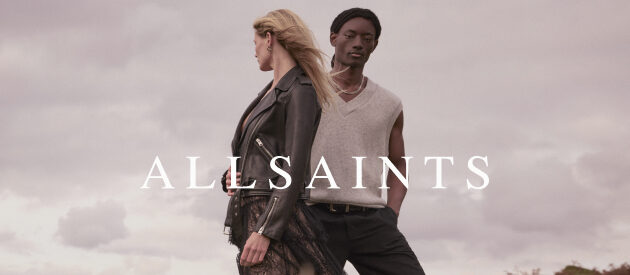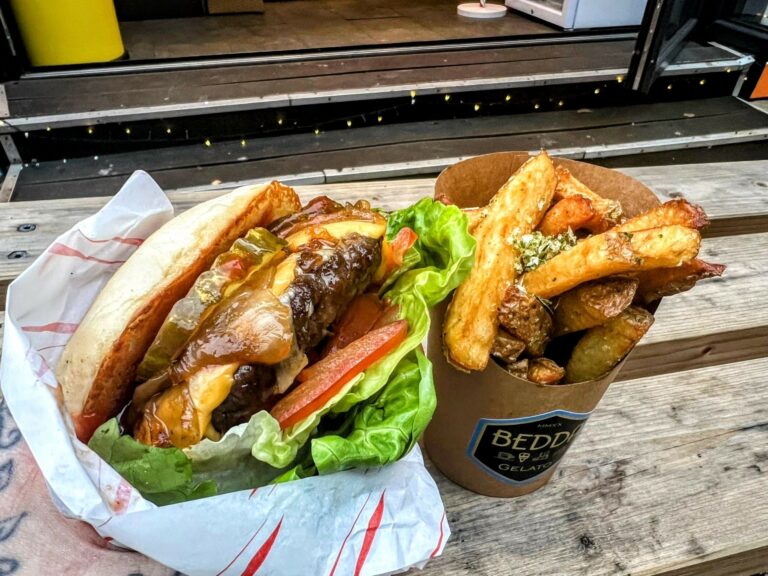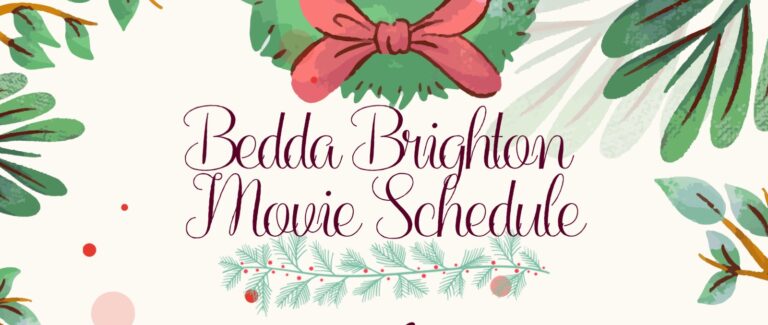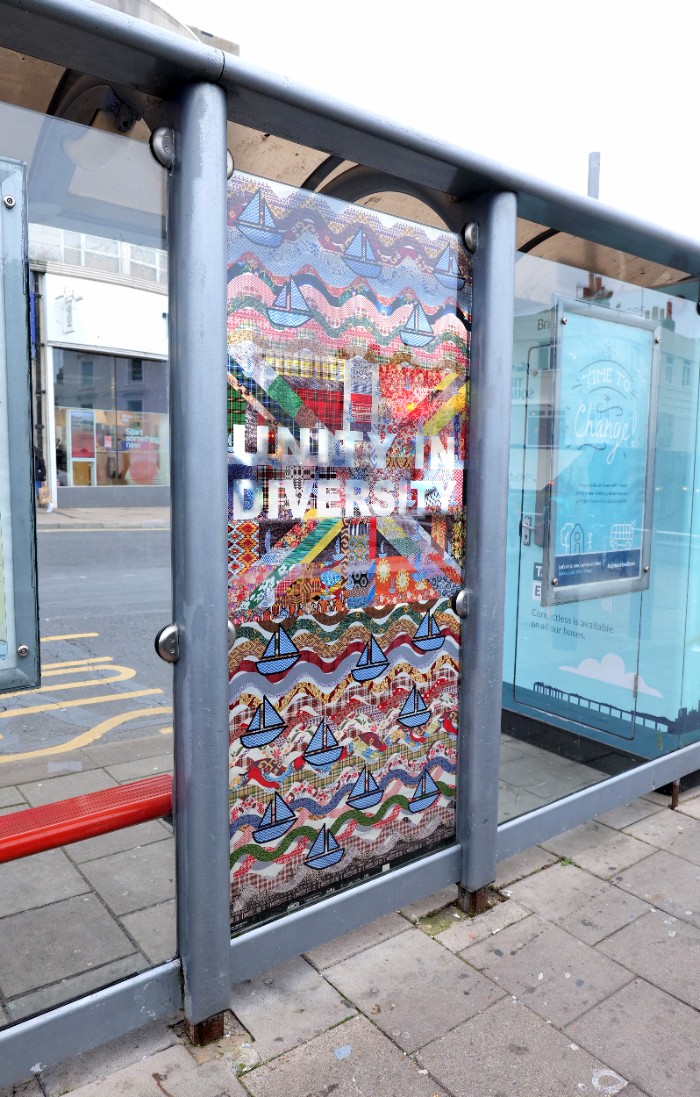
Brilliant Brighton (a not-for-profit organisation formed of 517 of your favourite city centre stores, cafes, salons, restaurants and bars) has teamed up with Brighton cultural organisations, artists and creatives from the ABCD Cultural Recovery Plan to showcase Brighton’s vibrant art scene with a colourful art trail with work by local artists encompassing walls, bus stops, lampposts and street furniture throughout Brilliant Brighton, under the theme ‘community and kindness’.
We’re thrilled to have commissioned Gil to share work from his New Union Flag project on bus shelters throughout Brilliant Brighton. We caught up with Gil to hear more about the inspiration behind his work…
Hi Gil, how long have you lived in Brighton?
I moved to Brighton on New Year’s Eve 2016.
How did you become an artist?
I became an artist when I lost the ability to use my mother tongue. Before moving to the UK, for PhD studies, I was a campaigner journalist involved in various social and environmental campaigns. Now art replaced writing. The first art project I carried out was a series of street interventions against the social cleansing of public spaces in London in the early 2000s. The work, in fact, was confiscated by Trafalgar Square wardens but it also earned me an invitation to talk to the late architect Lord Richard Rogers at the House Of Lords.
Can you tell us a little about the process behind your work?
Much of my work is research based and relates to issues of social, environmental, racial justice and de-colonising practices. The media I use is varied but I specialise in photography, digital art, and installations. Often my art projects are participatory or collaborative and it is created through workshops in museums, schools, and other less formal setting.
Where do you work from?
It varies and depends on the project. I mostly work from Socially Engaged Art Salon studio at the Black and Minority Ethnics Community Partnership [BMECP] centre in Brighton but other spaces will be museums, galleries, the beach, streets, schools, trains, planes, fields etc.
What was the inspiration behind your work for the Enliven Brighton Art Trail?
The work for Enliven Brighton Art Trail was a direct response to testimony I heard from young refugees at a meeting of the Sanctuary On Sea organisation in Brighton. They testified that one of the prevalent spaces they have faced racial and xenophobic abuse was on buses and at bus stops. I responded to this by developing new work from my ongoing project The New Union Flag that has been exhibited in the past in places such as Tate Modern, Turner Contemporary, the South Bank Centre and more. The project decolonised the Union Jack – re creating it in a way to acknowledge England’s history of migration, the colonial legacy, and to celebrate UK’s cultural diversity.
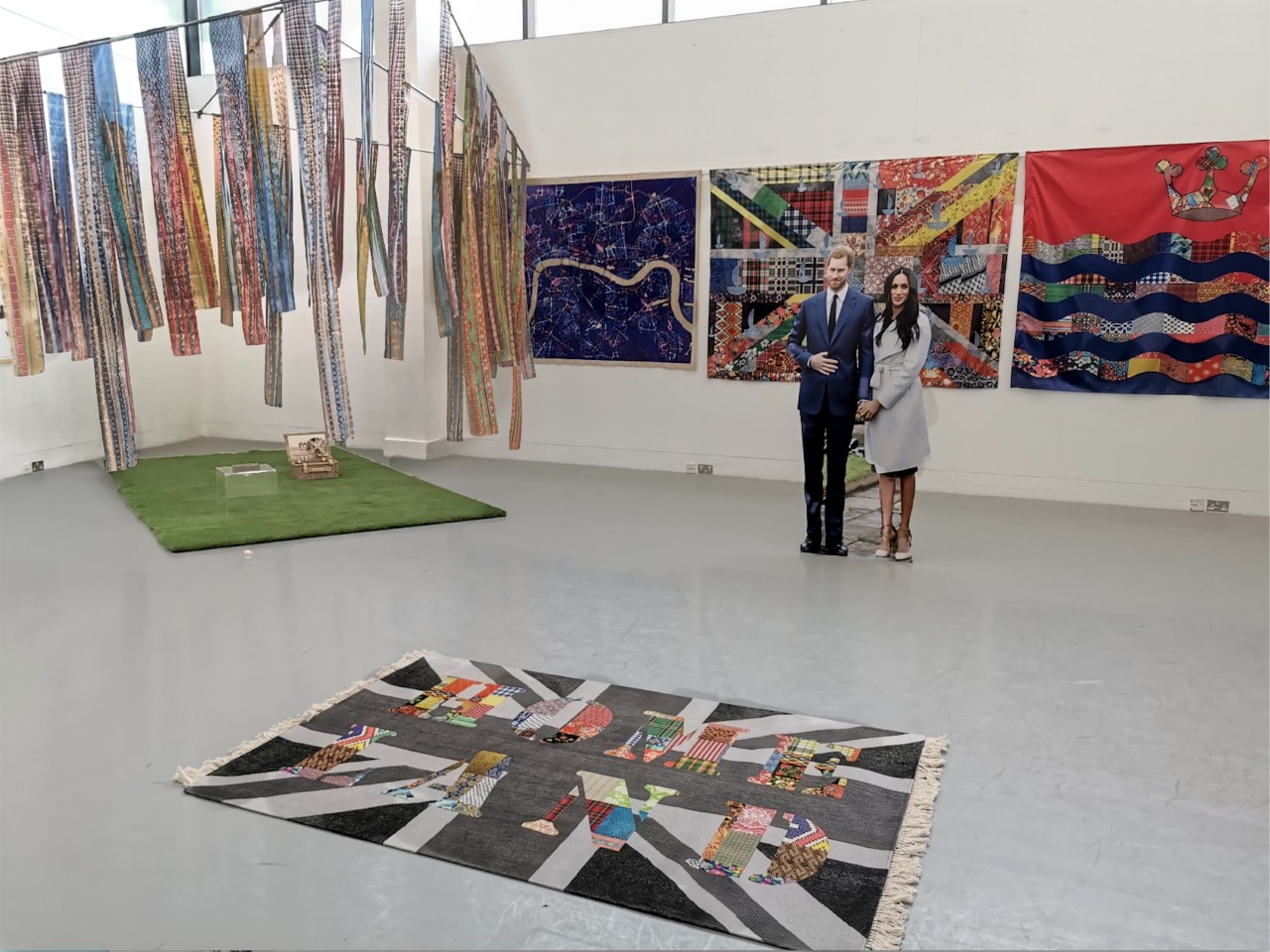
Image of Gil’s works in The Fabric Of Our Nation exhibition at Arts Depo, London
How did it feel to know your work had been put forward for the trail?
It is an amazing feeling. Although I have exhibited across the UK and abroad there is nothing more gratifying then exhibiting in one’s home town – which I feel Brighton is. As a migrant and a son of migrants it feels that I have found a place to call home. I hope that the fact that the work is in the City Centre will have the greatest impact on people’s perception in relation to the message conveyed in these works.
Does living in Brighton inspire your work at all?
Yes, because much of my work is place-based. It is influenced by the social and spatial setting, and by the communities I work with. In Brighton I have worked with various diasporic communities, with local schools, with local organisations, festivals, and institutes and all in relation to some aspects of Brighton’s history or present. Recently I was commissioned by the Sussex Wildlife Trust to produce work related to biodiversity and cultural diversity as part of their campaign to save the kelp forest off Brighton’s shores. The work will be exhibited in Brighton in May.
What do you enjoy most about being an artist?
Working with people. Imagining possibilities. Creating inclusive spaces.
Finally… what do love most about living in Brilliant Brighton?
I love the diversity of people and communities, the vibrancy, the openness and the unpretentiousness. Maybe for these reasons, it seems that people are happy in Brighton.
See Gil’s work on bus shelters throughout Brilliant Brighton and on his website. Gil’s work is also being exhibited at artsdepot until 14th April.
Main image by Bip Mistry

